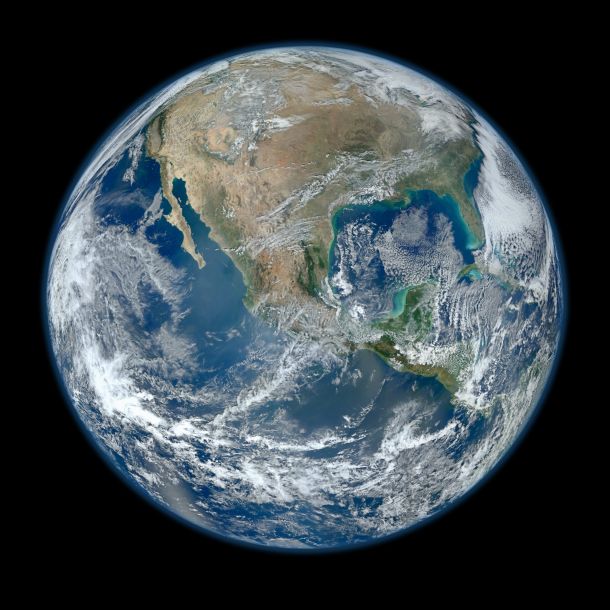Among the planets in our solar system, Mercury stands as an enigmatic world, captivating scientists and space enthusiasts alike. As the closest planet to the Sun, Mercury has long fascinated astronomers with its unique characteristics and intriguing mysteries.
In this article, we embark on a journey to discover the secrets of Mercury, unraveling its captivating history, intriguing geological features, and the ongoing quest to explore this mysterious planet.
Table of Contents
Planet Mercury quick facts
- Planet type: Terrestrial
- Age: 4.5 billion years (and counting)
- Length of year: 88 earth days
- One way light time to the Sun: 3.365501 minutes
- Rotation time on its axis: 59 Earth days
Position
The planet Mercury is the closest planet to the sun in the solar system. It is the smallest planet in the solar system, with a diameter of 3,030 miles (4,878 km), which is slightly larger than the Moon’s diameter. Mercury is one of the four terrestrial planets, along with Venus, Earth, and Mars. Mercury’s orbit is eccentric, ranging from 46 to 70 million kilometers from the sun. The high temperature and lack of atmosphere of the planet makes it one of the least explored planets in the solar system.

Discovery and Naming of Mercury
The planet Mercury has been known since ancient times when it was observed by the Babylonians, who named it Nabu, after the messenger-god in their religion. Mercury was also observed by the Greeks and Romans and named Hermes and Mercury, respectively, after their respective messenger-gods. The planet was also observed by the Chinese, who named it the Water Star.
The first telescopic observation of Mercury was made by Galileo Galilei in the early 17th century. Using his telescope, Galileo observed the planet’s phases, similar to those of the Moon. Johann Schröter made the first map of Mercury in the late 18th century. In the early 20th century, observations of Mercury’s transit across the sun’s disk were used to accurately measure the distance between the Earth and the sun.
Composition of Mercury
Mercury’s surface is rocky and heavily cratered, with large impact basins and plains. The planet’s crust is thought to be thin, and its mantle and core are believed to be relatively large. The composition of Mercury’s mantle and core is still uncertain, but it is thought to be made of iron, nickel, and sulfur.

Mercury’s core is much larger than those of the other terrestrial planets, occupying about 60% of the planet’s radius. The core is believed to be partially molten and generates a magnetic field that is about 1% as strong as Earth’s. The magnetic field is not globally symmetrical, and its orientation changes with respect to the planet’s rotation. The magnetic field is thought to be generated by the motion of the core’s molten iron.
Mercury’s surface is covered in a layer of regolith, which is a mixture of loose rocks, dust, and small craters. The regolith is produced by the impact of meteoroids and charged particles from the solar wind. The surface is also marked by cliffs, ridges, and cracks, which are believed to be produced by the planet’s contraction due to cooling.

Atmosphere of Mercury
Mercury has a very thin atmosphere consisting of atoms and ions of helium, hydrogen, sodium, potassium, and oxygen. The atmosphere is extremely tenuous and has a pressure of only 10^-14 bar at the surface. The atmosphere is constantly escaping into space due to the planet’s low gravitational pull and the solar wind.
Mercury’s proximity to the Sun subjects it to extreme temperature variations. During its day, surface temperatures can soar to a scorching 800 degrees Fahrenheit (430 degrees Celsius), hot enough to melt lead. However, due to its lack of atmosphere and its slow rotation, the night side of Mercury plunges to chilling temperatures of -290 degrees Fahrenheit (-180 degrees Celsius). These extreme conditions pose challenges for any potential human exploration of the planet.
Exploration of Mercury
Mercury has been visited by two spacecraft, Mariner 10 in the 1970s and MESSENGER in the early 21st century. Mariner 10 flew past the planet three times in 1974 and 1975, and made the first close-up observations of the planet. The spacecraft discovered that Mercury’s surface is heavily cratered and revealed features such as mountains, valleys, and plains.
In 2011, the MESSENGER spacecraft entered into orbit around Mercury, becoming the first spacecraft to do so. MESSENGER mapped the planet’s surface, measured its composition, magnetic field, and atmosphere, and discovered several new features such as hollows, pits, and tectonic features. MESSENGER also discovered that the planet’s polar regions contain water ice, which is believed to have been deposited by comets or meteoroids.
Future exploration of Mercury is being planned by the European Space Agency and the Japanese Aerospace Exploration Agency, who are planning a joint mission to the planet in the 2030s. The mission, called BepiColombo, will consist of two spacecraft, one to observe Mercury’s surface and the other to measure its magnetic field and environment.

Magnetic Mysteries
One of the most intriguing aspects of Mercury is its peculiar magnetic field. Despite its small size, Mercury possesses a global magnetic field, making it unique among terrestrial planets. The origin of this magnetic field remains a subject of intense scientific investigation. The prevailing hypothesis suggests that a dynamo effect is at work, generated by the interaction between the planet’s molten core and its slow rotation. The MESSENGER spacecraft, which orbited Mercury from 2011 to 2015, provided valuable data to unravel the mysteries of its magnetic field.
Conclusion
In conclusion, Mercury is the closest planet to the sun and is one of the least explored planets in the solar system due to its high temperature and lack of atmosphere. The planet’s surface is rocky and heavily cratered, and its core is much larger than those of the other terrestrial planets. Mercury has a very thin atmosphere consisting of atoms and ions, and its surface temperature varies widely due to its eccentric orbit and lack of an atmosphere to regulate heat flow.
The planet has been visited by two spacecraft, Mariner 10 and MESSENGER, and future exploration is planned by the European Space Agency and the Japanese Aerospace Exploration Agency. Mercury is a fascinating planet that is still revealing its secrets to us.
Mercury continues to enthrall us with its intriguing mysteries and unique characteristics. From its heavily cratered surface to its extreme temperature variations and peculiar magnetic field, Mercury remains a captivating subject of scientific exploration. With ongoing missions and future endeavors, we are poised to unveil even more secrets of this mysterious world, expanding our knowledge of the dynamic and diverse wonders of our cosmic neighborhood.
Read more posts on Science.

















Leave a Reply